Everything You Need to Know About Corvette Exhaust Headers
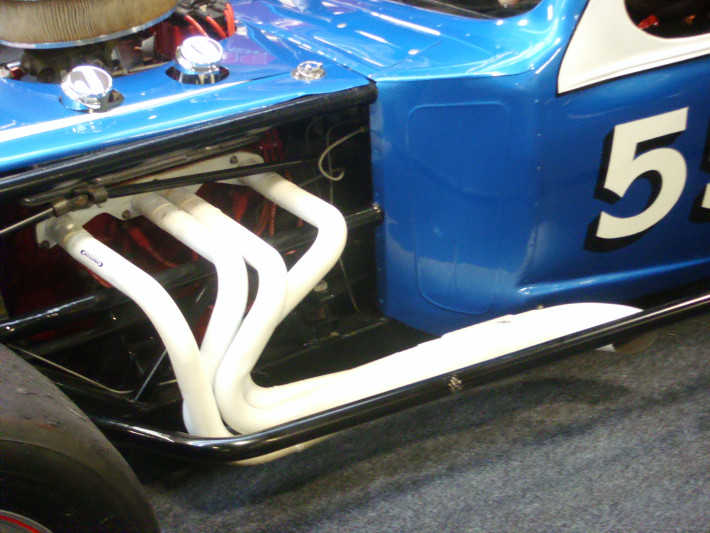
When you look at exhaust manifolds on most performance cars in the modern era, you’ll notice that they are slowly beginning to look more like headers over the traditional cast-iron manifold you may be used to seeing on your older Corvette. It makes you wonder why they never started out like this from the earlier days of carburetors and even early fuel injection. We’ll try to explain that in this article and help you understand what a tubular exhaust manifold, or header, really does.
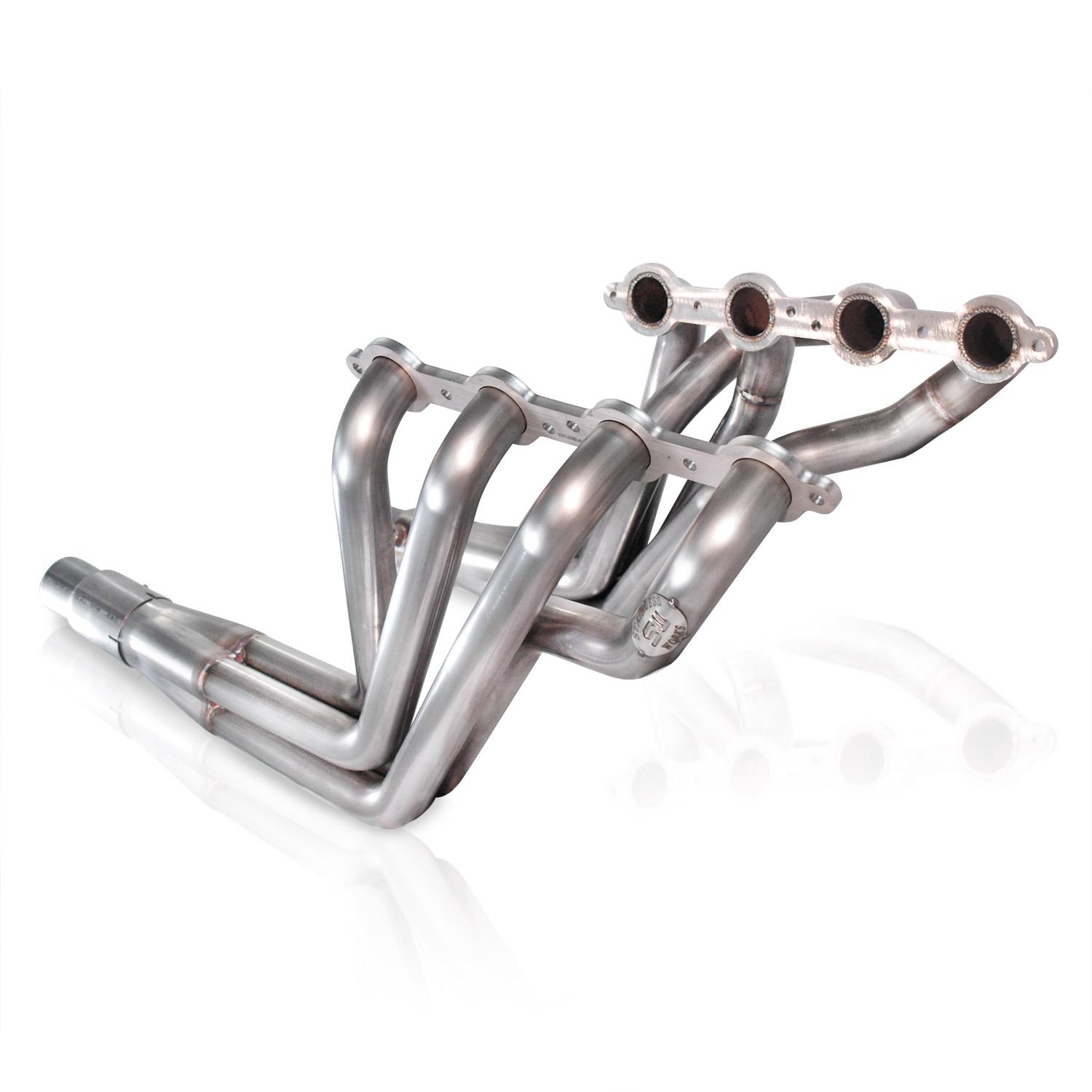
It’s hard to put an exact date on when the first performance car decided to use a tubular exhaust manifold to increase its performance. The design has been around, though not properly executed, since the introduction of the internal combustion engine far back into the 1800s. Then, we started to get “log style” exhaust manifolds made of cast iron, back when it was cheaper and quicker to cast a piece over bending and welding tubes together.
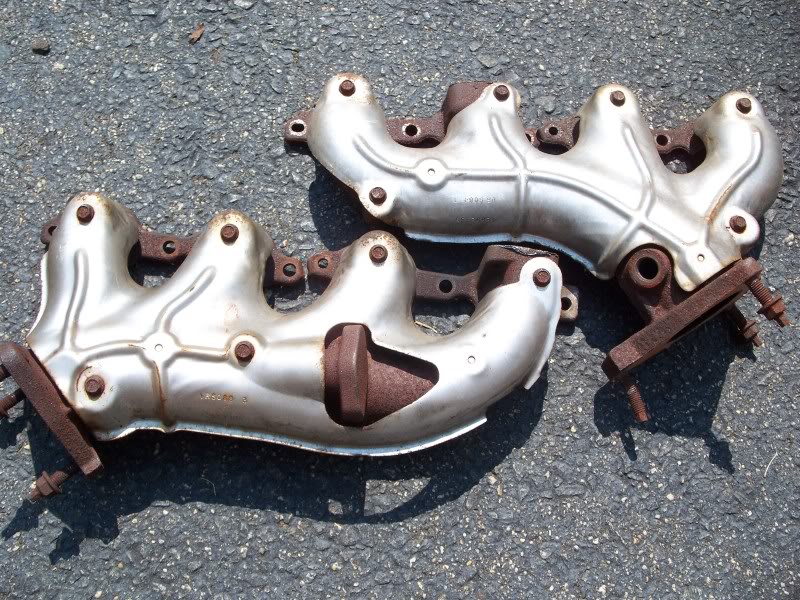
All exhaust manifolds are designed to do a single thing: expel the spent gasses from the combustion chamber. However, while your typical cast manifold just does that job, a header takes it another step further by utilizing a scavenging effect from the pulsing of those exhaust gasses. This pulls them out to the collector more efficiently and improves the power production of your engine.
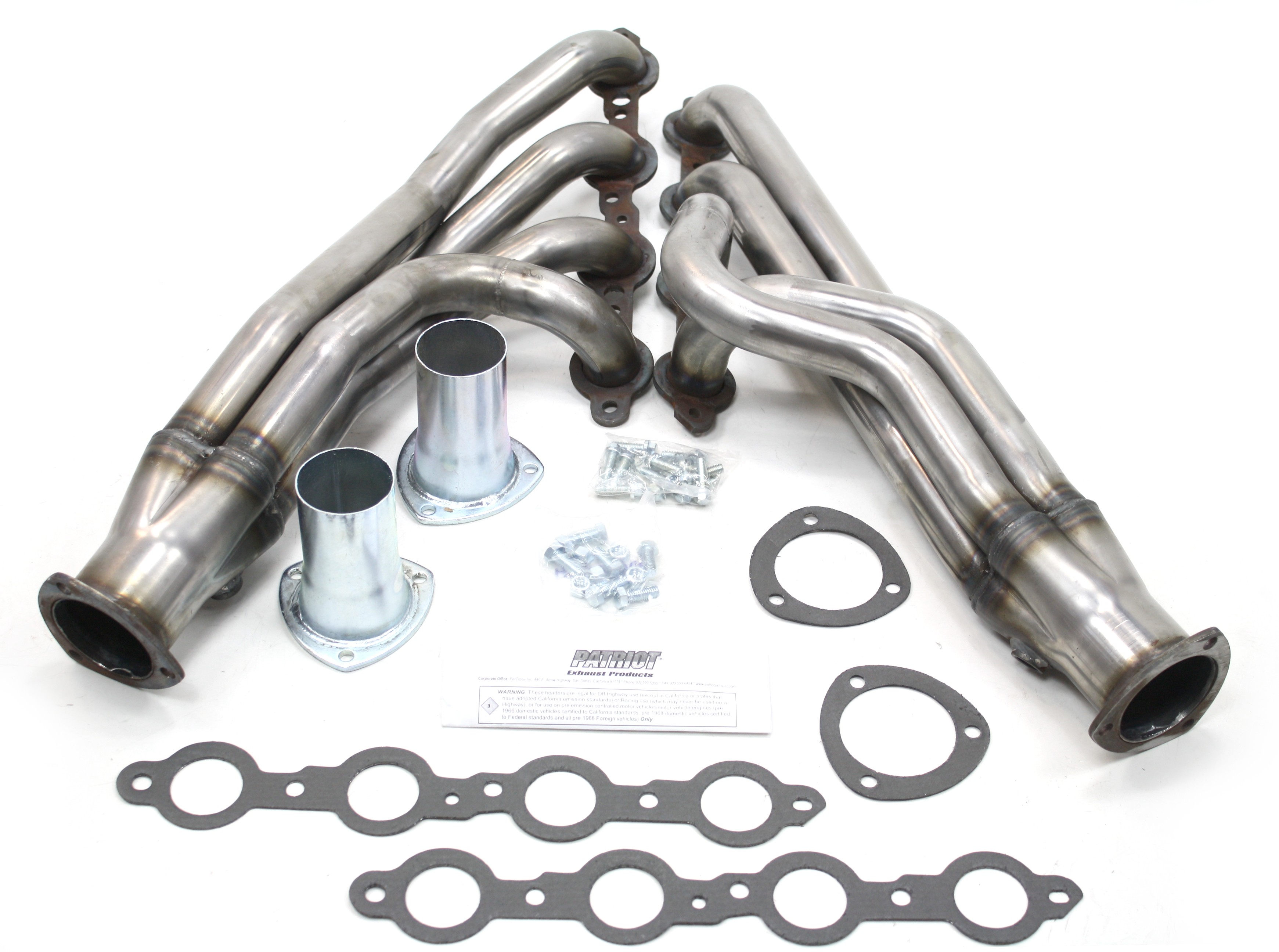
You’ll also see short-tube and long-tube headers for your Corvette. The difference, when looking at them, is fairly obvious. The tubing is longer on one versus the other and typically (and in certain situations) the longer tube header is going to be the better performer as you can utilize the scavenging effect far better than a short tube. However, a short tube header may actually produce more torque than a long tube header in certain situations.
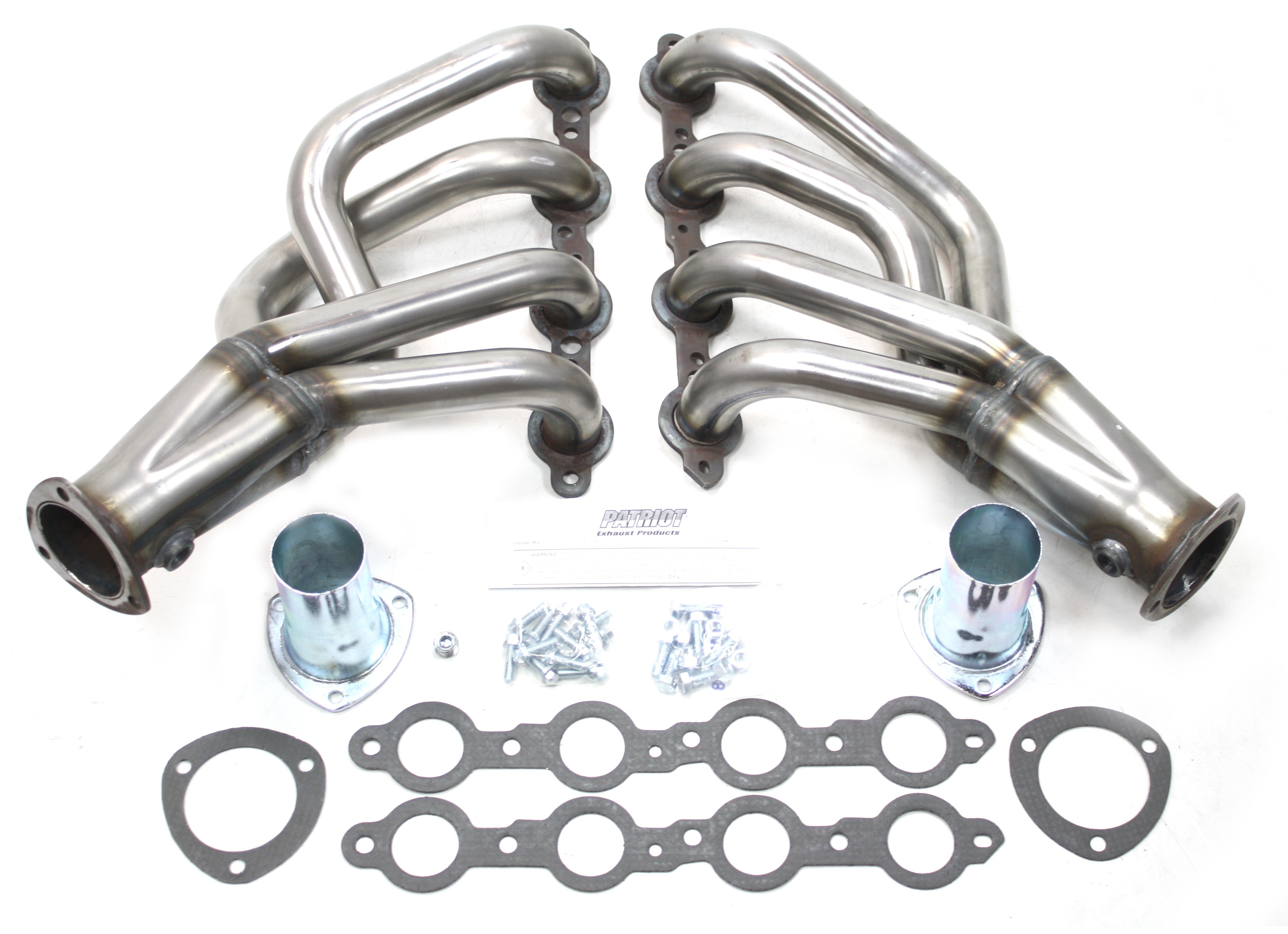
This is because, again generally, the short tube headers will do more scavenging at higher engine speeds and can be beneficial for high-rpm applications. Though, this usually only occurs at a narrow RPM band over the long tube. Long tubes allow scavenging to occur at lower engine speeds and offer a broader torque curve over the shorties.
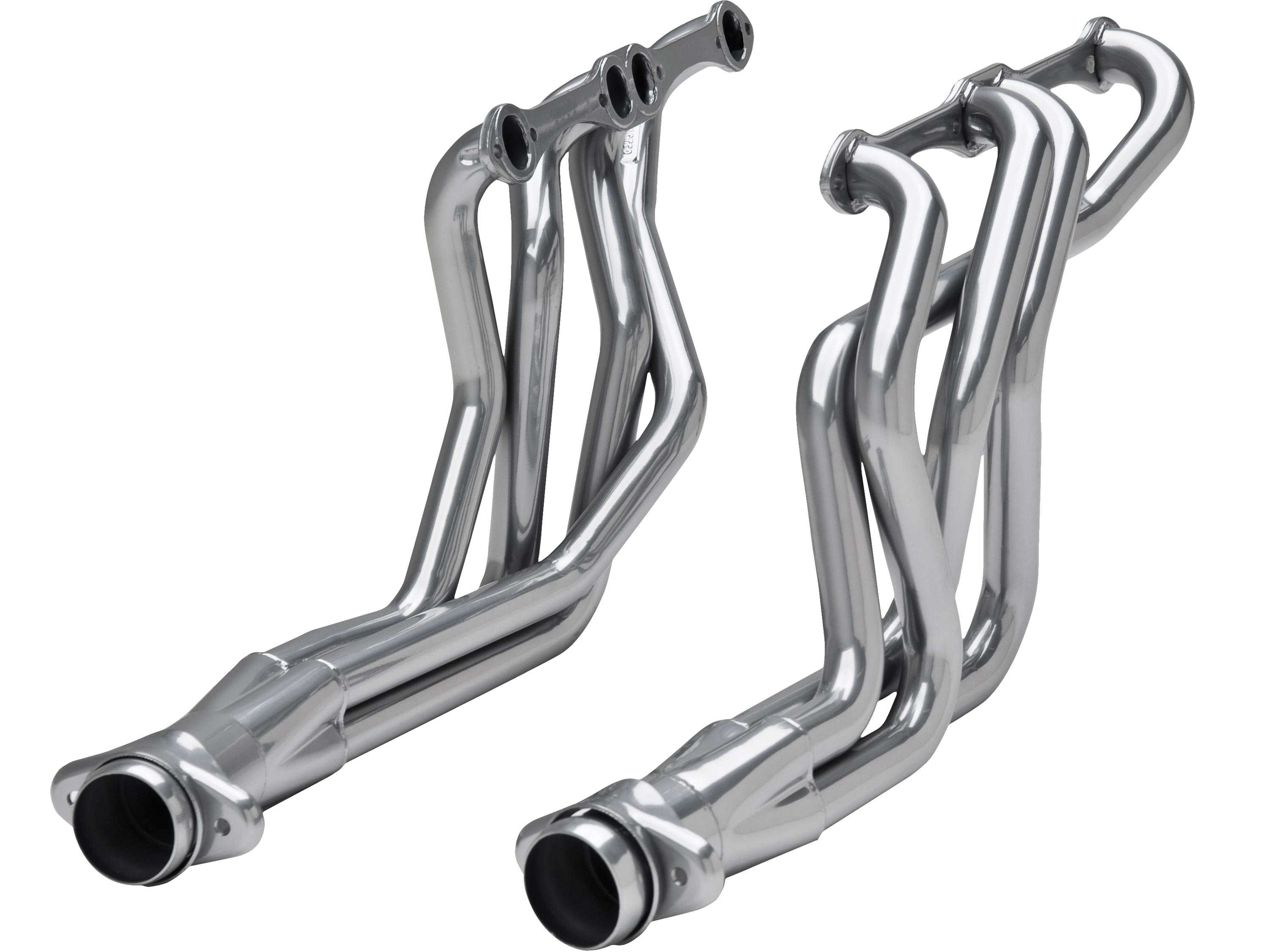
There is a catch in using a long-tube header and that has to do with emissions. When you use a long-tube header, at the very least you have to get rid of the primary catalytic converter or sometimes both of them depending on the vehicle and header design. If you live somewhere that has emissions testing, well, you can’t use a long-tube header. You can use a short-tube header and still get some gains, but be sure it’s legal to use in your state. Here in California, so long as it has an Executive Order number, it can be used.
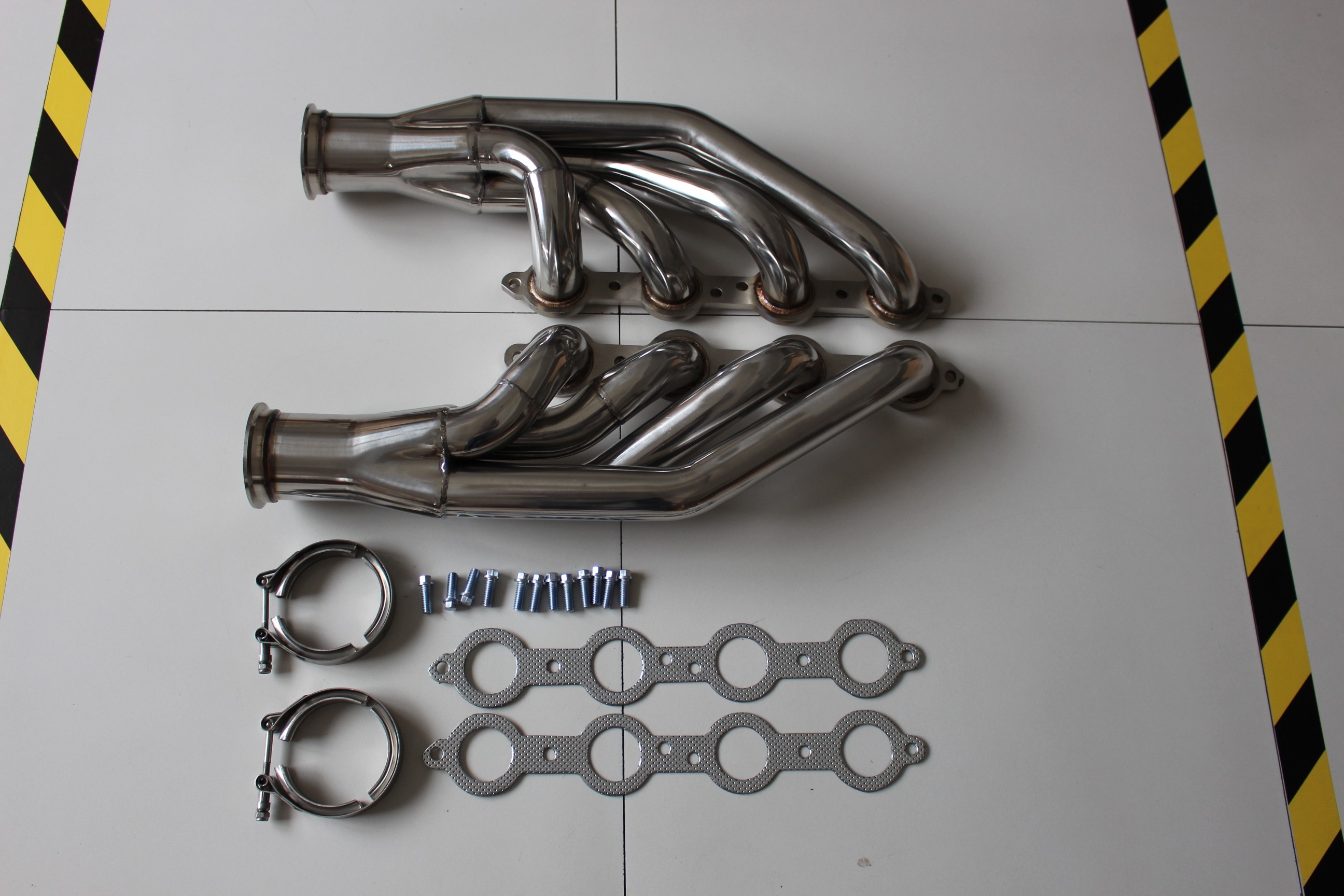
So, why are we starting to see more manufacturers use tubular headers as an OE part on their performance cars? Well, the technology to design and build tubular manifolds has decreased. Since these parts can be designed on a computer flow bench then made on a computer controlled mandrel bender and cutter, and then welded by a robot, the cost and time of human labor is no longer an issue. OEs are also starting to see more benefits in using a short-tube header in power production, with the added benefit of still being able to have a proper emissions system on your car.
